Meera Senthilingam
This week, Simon Cotton is lighting things up.
Simon Cotton
Many British people thinking back to their schooldays will remember seeing the burning of magnesium ribbon, possibly even doing the experiment themselves. You may recall the instruction of your teacher to ‘look away’ or ‘not to stare at the bright light’ or ‘put your hands over your eyes’. Then the piece of magnesium would be lowered into the Bunsen flame, and would soon ignite. You’d be looking away by now, but would be conscious of a blinding white light – which is why magnesium is used in signal flares. After it finished burning, you’d be left with a white ash, a solid that easily broke up to a powder. This powder is mainly magnesium oxide, MgO.

The hot magnesium supplies enough energy for oxygen molecules to split up, breaking the very strong O=O double bond. Each magnesium atom gives two electrons to an oxygen atom, so magnesium oxide is made of magnesium ions, Mg2+, and oxide, O2– ions.
You’ll notice I said mainly MgO. Magnesium burns so vigorously that there is even enough energy to break the even stronger N–N triple bond in molecules of nitrogen and form magnesium nitride, formula Mg3N2, which is made of magnesium ions, Mg2+, and nitride, N3– ions.
To make pure MgO, one way is to burn magnesium ribbon in pure oxygen, but metallic magnesium is quite expensive. A better and cheaper way is to heat magnesium carbonate or magnesium nitrate until they decompose.
Many of you will recognise the blue glass bottles bearing the label ‘milk of magnesia’, which is a suspension of magnesium hydroxide in water
Magnesium oxide is a compound of a metal with a non-metal, so – as you would expect – it is held together with ionic bonds. It has the same structure as NaCl but because it is made of Mg2+ and O2– ions, rather than the singly charged Na+ and Cl– ions, there is a much stronger attraction between the ions. This means it takes a lot more energy to pull them apart, so MgO has a melting point of 3125K, nearly three times the melting point of 1074K for sodium chloride. This strong attraction between the ions is also responsible for magnesium oxide being much less soluble than sodium chloride.
Because of its high melting point, magnesium oxide finds many uses which apply its refractory properties, so it can be used as a furnace lining and in crucibles. It is also used for fireproofing boarding for panelling walls.
Being a metal oxide, magnesium oxide is basic. You can demonstrate this easily if you just shake some powdered magnesium oxide with water for a while. Magnesium oxide is only very slightly soluble in water – so it won’t be obvious that a small amount has dissolved – but if you now test the liquid with an indicator, it will give an alkaline reaction, showing that at least some Mg(OH)2, magnesium hydroxide, has been formed.
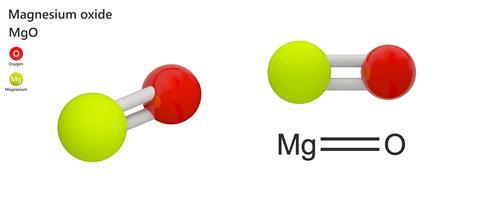
For this reason, magnesium oxide is used to treat heartburn and effects of acid stomach, as it neutralises excess acid. These properties have been used medicinally for a couple of centuries. Many of you will recognise the blue glass bottles bearing the label ‘milk of magnesia’, which is a suspension of magnesium hydroxide in water, with a bit of added peppermint. Apart from treating the effects of excess acid, milk of magnesia is also a laxative.
Another application that makes use of the basic properties of magnesium oxide is to treat the paper in books, as it neutralises the traces of acid that might otherwise rot the pages.
So that is magnesium oxide, the result of having a flare for chemistry.
Meera Senthilingam
Birmingham University’s Simon Cotton, revealing his own flare for chemistry through his tales of magnesium oxide. Next week, we appreciate the alloys.
Brian Clegg
When it comes to elements we meet in everyday life, osmium doesn’t come high on the list. Let’s face it, a metal that is best-known for being used in an alloy in fountain pen tips isn’t exactly the substance-de-jour. Yet its compound with oxygen, osmium tetraoxide, is both versatile and surprising.
Meera Senthilingam
Discover how and why with Brian Clegg in next week’s Chemistry in its Element. Until then, thank you for listening, I’m Meera Senthilingam.



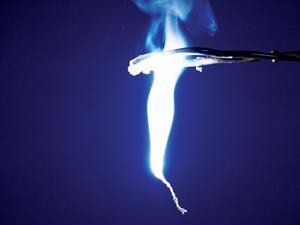





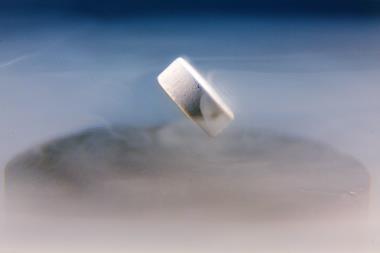
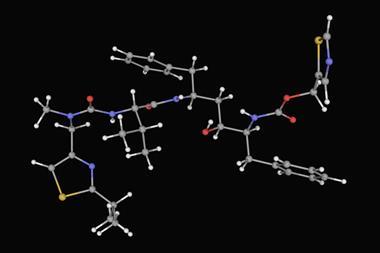
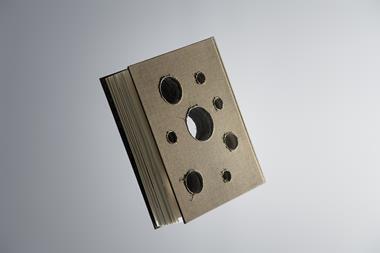
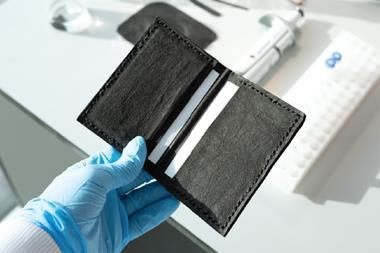

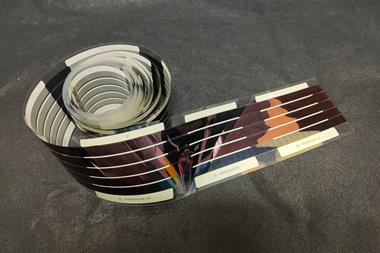

No comments yet